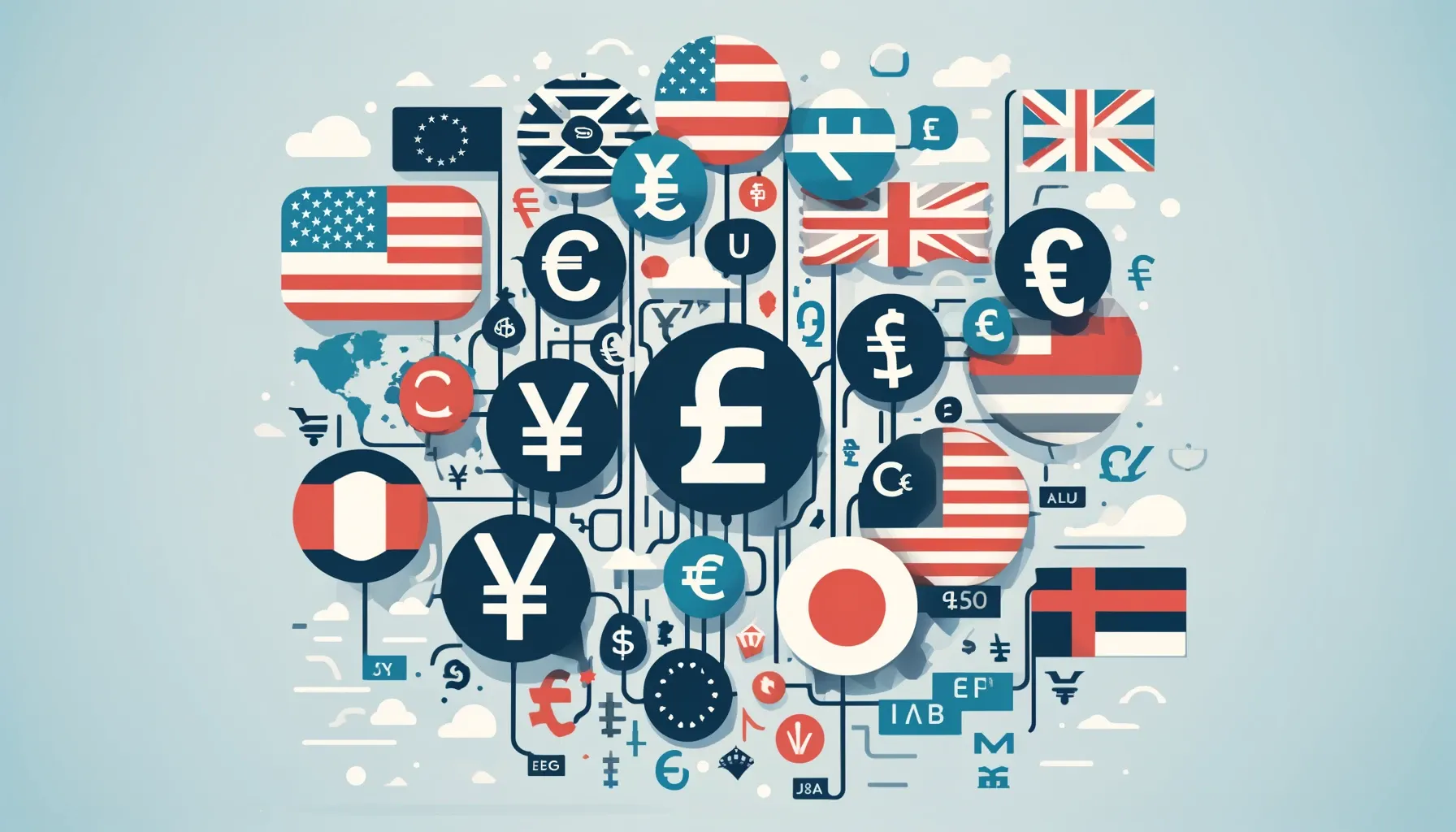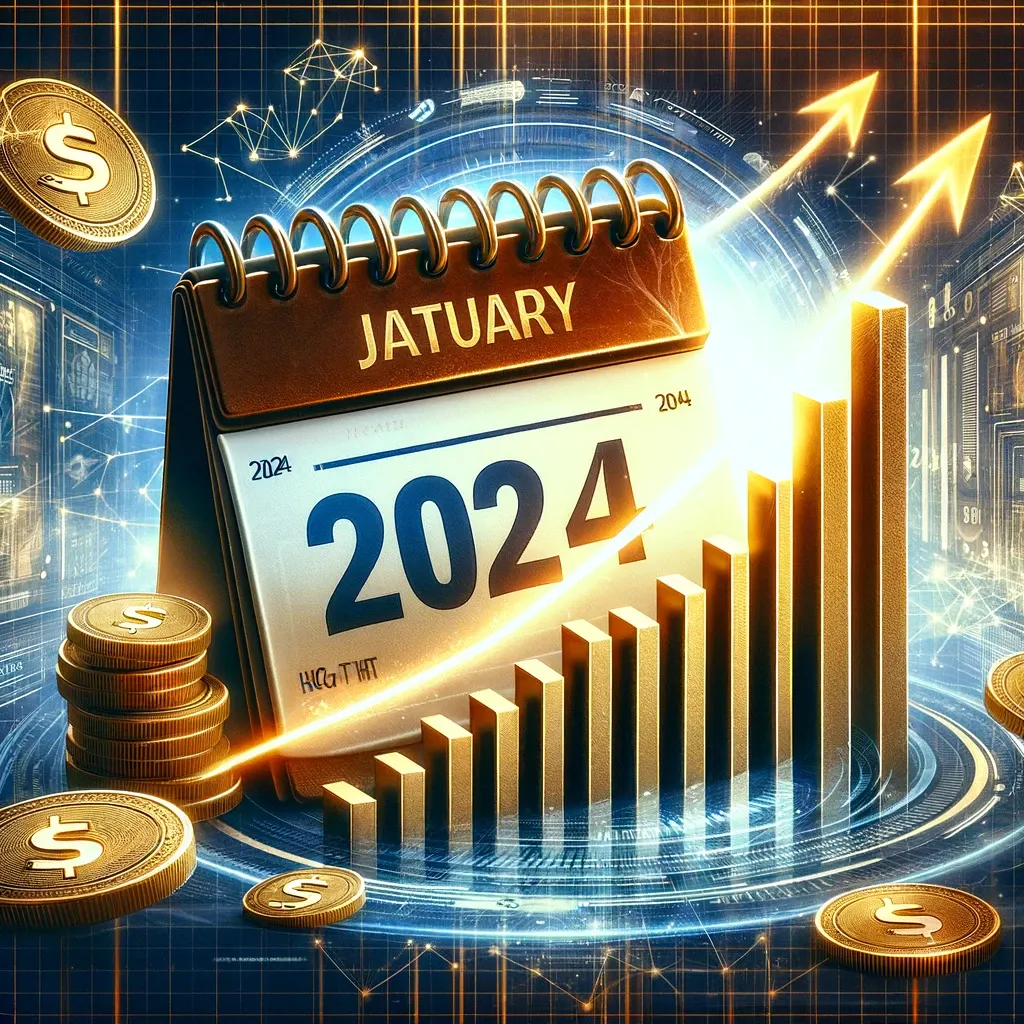Forex 101: Understanding the Basics of Currency Trading
In the vast world of financial markets, the foreign exchange market, or Forex, stands as a colossus. With over $6.6 trillion worth of transactions every day, it is the largest and most liquid market in the world. Forex trading involves the simultaneous buying of one currency and selling another, based on the belief that one currency will strengthen against another. This global market operates 24 hours a day, five days a week, and it never sleeps. For those new to this exciting market, understanding the basics is the first step to becoming a savvy Forex trader. Let's dive into the essential concepts, terminologies, and the pivotal role of currency pairs in global finance.

Forex Trading: The Foundation
At its core, Forex trading is about exchange rates, which are determined by the global supply and demand for that currency. Currencies are traded in pairs, and prices fluctuate based on economic factors, geopolitical events, and market sentiment.
Key Terms in Forex Trading
- Currency Pair: The quotation of two different currencies, with the value of one currency being quoted against the other. The first listed currency is the "base currency," while the second is the "quote currency."
- Pip (Percentage in Point): A unit of measurement for the change in value between two currencies, typically the fourth decimal place (0.0001).
- Leverage: A loan provided to an investor by the broker that's handling the investor’s or trader’s Forex account. While it can amplify profits, it also significantly increases the risk of losses.
- Spread: The difference between the bid (sell) price and the ask (buy) price of a currency pair.
The Importance of Currency Pairs
Currency pairs are the foundation of Forex trading. They signify the amount of the quote currency needed to purchase one unit of the base currency. There are three main types of currency pairs:
- Major Pairs: These are the most traded currency pairs in the world and always include the USD on one side. Examples include EUR/USD, USD/JPY, and GBP/USD.
- Minor Pairs: They do not include the US dollar but are still highly traded. Examples include EUR/GBP and AUD/NZD.
- Exotic Pairs: These pairs pair a major currency with a currency from a small or emerging economy, like USD/PLN (US dollar/Polish zloty).
Why Trade Forex?
The allure of Forex trading lies in its high liquidity, 24-hour trading, and the extensive use of leverage, which can magnify gains (and losses). It's an attractive venue for both beginners looking to understand financial markets and seasoned traders devising sophisticated trading strategies.
Navigating Forex Trading
Starting in Forex requires a good grasp of market analysis, which is typically divided into two main types:
- Fundamental Analysis: This involves analyzing economic indicators, central bank policies, and political events to predict currency movement.
- Technical Analysis: This strategy involves analyzing historical price movements and using indicators to speculate on future price movement.








